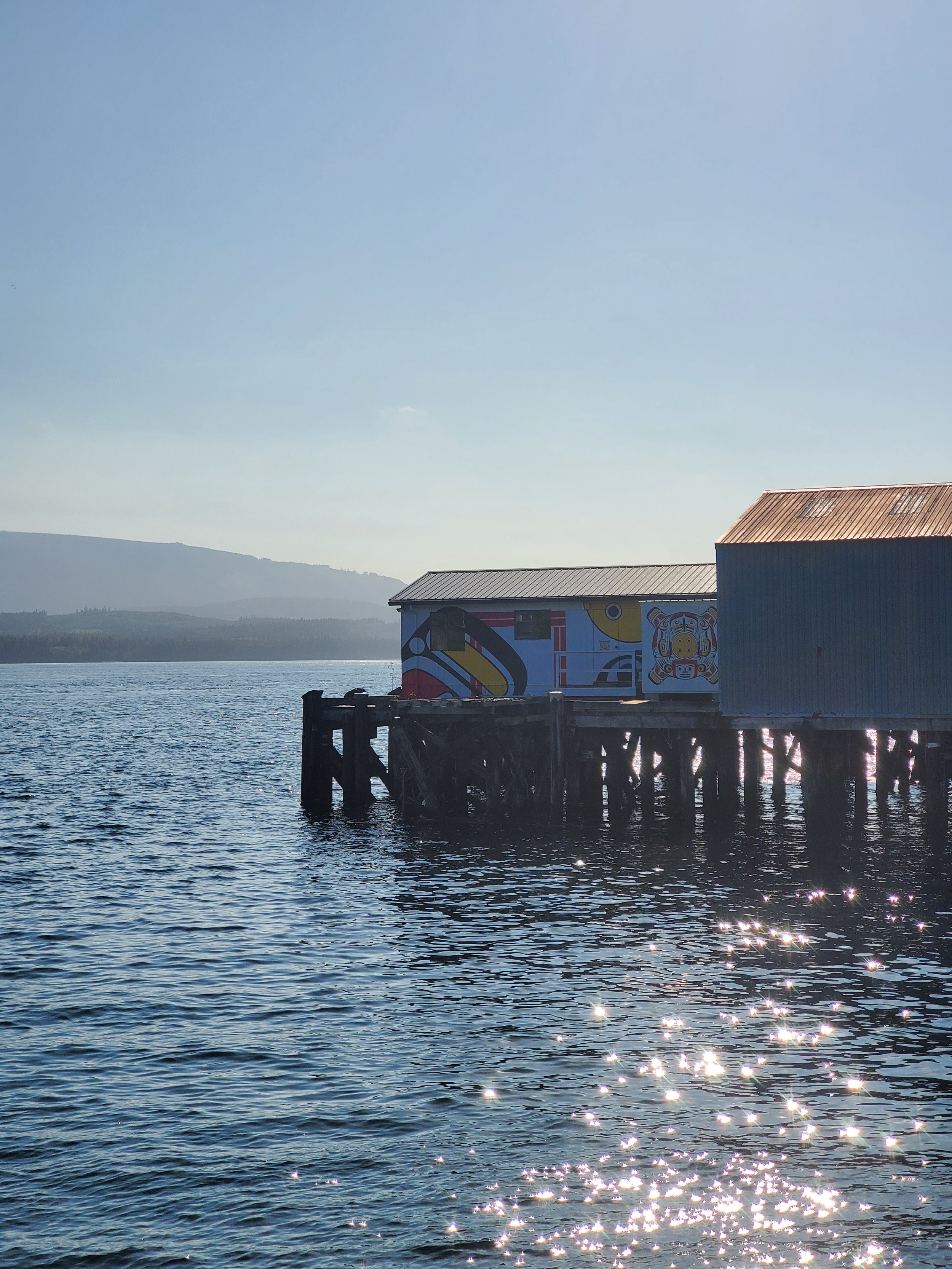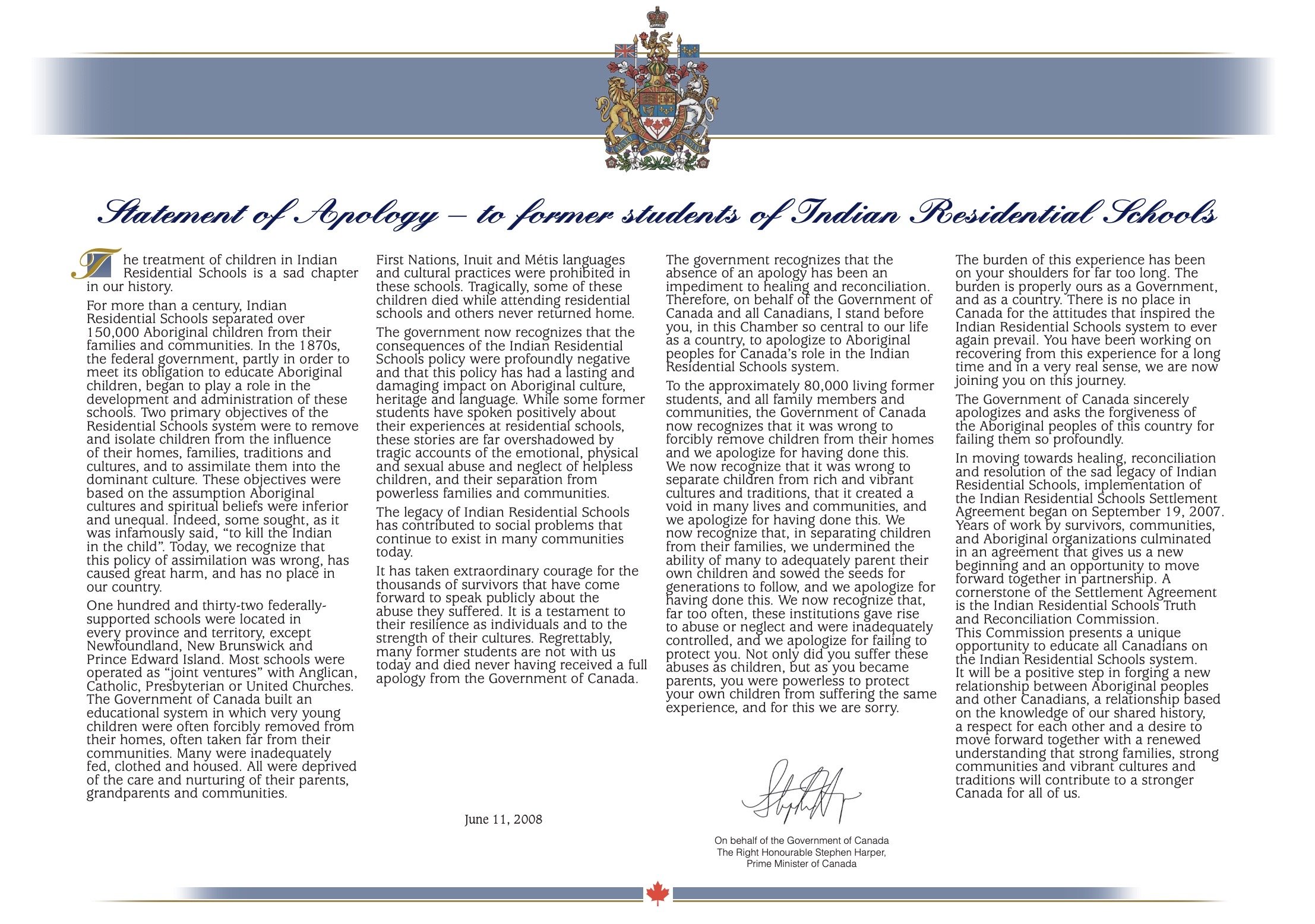
Reconciliation in Oral Health
Resources for oral health providers to begin their Reconciliation Journey
The TRC of Canada was established as a result of the Indian Residential Schools Settlement Agreement, which was initiated in October 1990. Chief Phil Fontaine, then head of the Assembly of First Nations, played a pivotal role in catalyzing this significant development. Chief Fontaine shared his personal experience from his time at the Sagkeeng Residential School, shedding light on the deep wounds inflicted by the residential school system—a chapter in Canadian history fraught with pain.
Chief Fontaine's impassioned call for an inquiry into the Residential School System not only reflected his personal understanding and lived experience but also demonstrated the courage to speak the truth—a fundamental aspect of Indigenous culture. Residential schools were originally designed to forcibly separate Indigenous children from their families, culture, communities, history, connections to the land, and other cultural ties.
Learn more about Chief Phil Fontaine’s story here
Fast forward to January 7, 1998, when the Canadian government introduced 'Gathering Strength: Canada's Aboriginal Action Plan'. This initiative aimed to bridge the divide between the challenges of the past, the realities of the present, and the opportunities of the future. It was grounded in the extensive findings of the Royal Commission on Aboriginal Peoples (RCAP), comprising 5 volumes, 3,500 pages, and 440 recommendations.
Gathering Strength - Canada's Aboriginal Action Plan can be found here
Central to this Action Plan was a Statement of Reconciliation, acknowledging the sorrowful history of the mistreatment of Aboriginal peoples, driven by attitudes of racial and cultural superiority. The Government of Canada also acknowledged its role in establishing and overseeing the residential school system. This marked a crucial step in acknowledging the past and charting a path forward “a Statement of Renewal” based on RCAP's insight that "fundamental change is needed in the relationship between Aboriginal and non-Aboriginal people in Canada."
The Truth and Reconciliation Commission (TRC) of Canada, an integral part of the Indian Residential Schools Settlement Agreement (implemented in 2007), was established to facilitate reconciliation among former students, their families, their communities, and all Canadians. The TRC's findings revealed a painful truth: children in these schools suffered physical and sexual abuse, and many tragically lost their lives—unacceptable in any educational system anywhere in the world at any period in history.
You can find the full TRC report here
On June 8, 2008, Prime Minister Stephen Harper issued a formal apology on behalf of all Canadians for the Residential School system. This apology acknowledged a dark chapter in Canadian history—one that forcibly separated over 150,000 Aboriginal children from their families for more than a century, driven by the misguided aim "to kill the Indian in the child." Tragically, the recent discoveries of undocumented and unmarked burial sites further underscore the heartbreaking reality that sometimes, these children did not survive.
Stephen Harper's apology can be found here
The journey of reconciliation is ongoing, and this resource aims to provide oral health providers with valuable insights and information to contribute to this important process.HEALTH
18.
Recognize and implement the health-care rights of Aboriginal people
The federal government has not implemented the health care rights of Indigenous people, but it is developing new legislation designed to improve Indigenous access to culturally relevant health services.
19.
Identify and close the gaps in health outcomes between Aboriginal and non-Aboriginal communities
The federal government has not established measurable goals to identify and close gaps in most health outcomes, though it has committed to do so in some.
20.
Recognize, respect, and address the distinct health needs of the Métis, Inuit, and off-reserve Aboriginal peoples
The federal government has committed to recognize and address the distinct health needs of the Métis and Inuit, but financial commitments are in the beginning stages.
21.
Provide sustainable funding for existing and new Aboriginal healing centres
The 2019 federal budget committed to support the construction and ongoing operation of a mental health and substance abuse treatment facility in Nunavut.
22.
Recognize the value of Aboriginal healing practices and use them in the treatment of Aboriginal patients
The Canadian Medical Association, the Royal College of Physicians and Surgeons of Canada and the Canadian Nurses Association are working on ways to incorporate Indigenous knowledge and practices in health care.
23.
Increase the number of Aboriginal professionals working in the health care field
Efforts are in place to retain and increase the number of Indigenous health care providers, but most are still in the development stage and not all health care professionals are required to take cultural competency training.
24.
Require all medical and nursing students to take a course dealing with Aboriginal health issues
Several medical and nursing schools across Canada offer courses on Indigenous health issues, but not all are mandatory.
EDUCATION
6.
Repeal the ‘Spanking Law’
Section 43 of the Criminal Code of Canada has not been repealed.
7.
Eliminate educational and employment gaps
In the February 2018 federal budget, the government committed to create a new Indigenous employment training program. But some of the funding is not new; it included funding previously committed for a pre-existing programs.
8.
Eliminate the discrepancy in federal education funding between on-reserve and off-reserve students
The federal government has committed additional funding to address the discrepancy between on-reserve and off-reserve students. But the commitments fell short of election promises.
9.
Publish annual reports on education funding and educational and income attainments
The federal government (or arms of the government) has published versions of these reports, but they’re not annual, nor are they complete.
10.
Draft new Aboriginal education legislation
So far there is no Indigenous education legislation being drafted. Regarding the principles it would include, however, there is some progress. Furthermore, in 2017/18, the federal government supported the creation of two First Nations school systems.
11.
Provide adequate funding for First Nations students seeking post-secondary education
The 2021 federal budget pledged $150.6 million over two years, 2021-22, to support post-secondary funding commitments for Indigenous students. This funding is less than what was allotted in prior federal budgets.
12.
Develop culturally appropriate early childhood education programs
In September 2018, the federal government released the Indigenous Early Learning and Child Care Framework. In February 2021, the federal budget proposed to invest $2.5 billion over the next five years.





